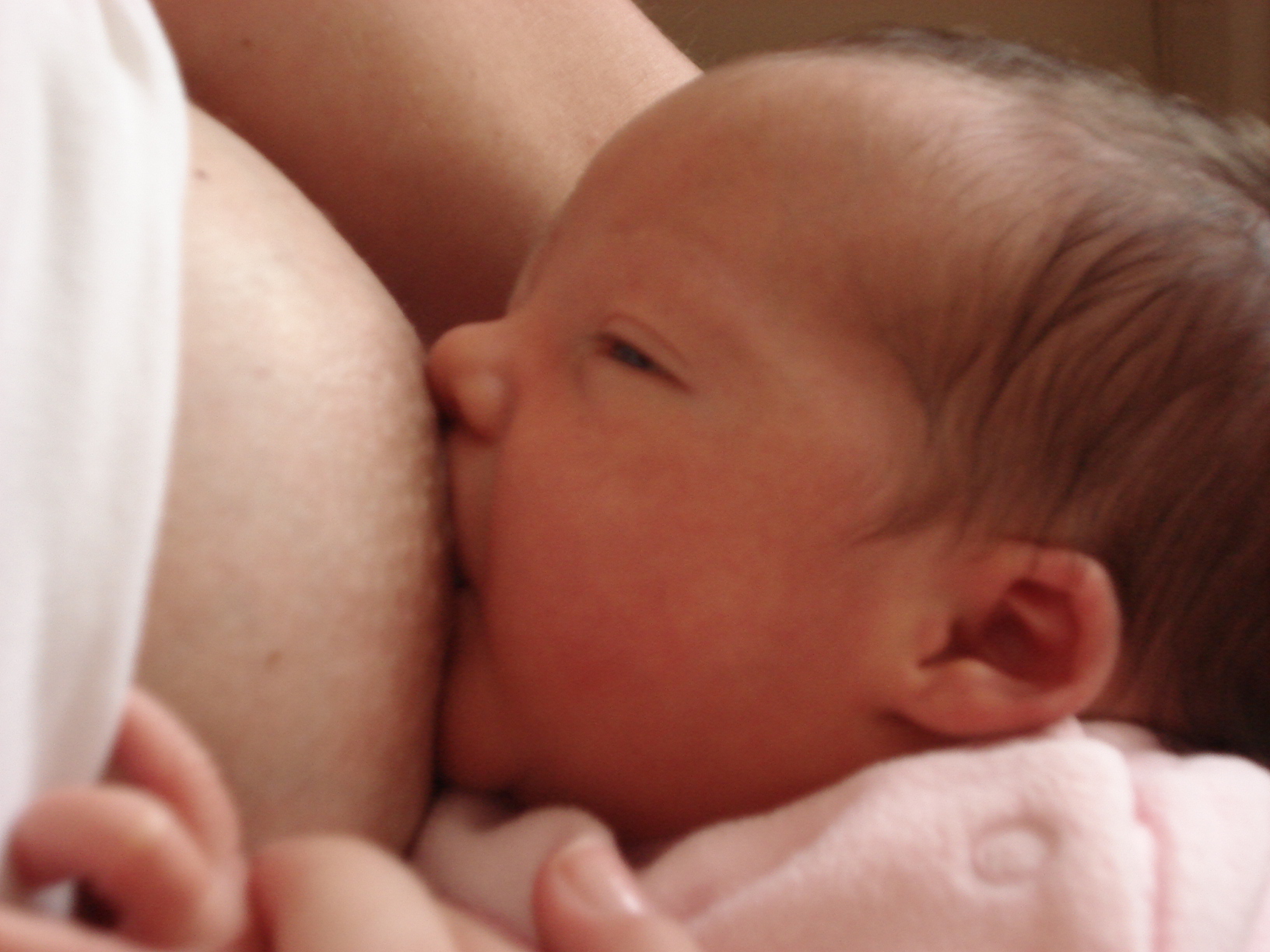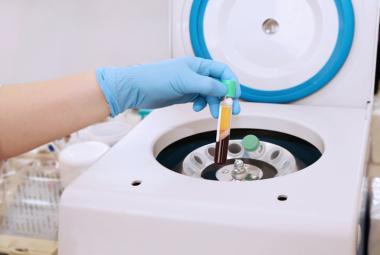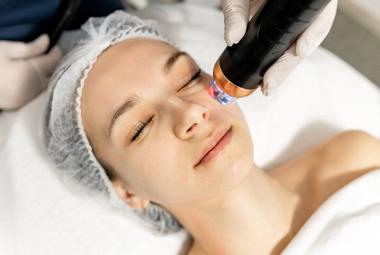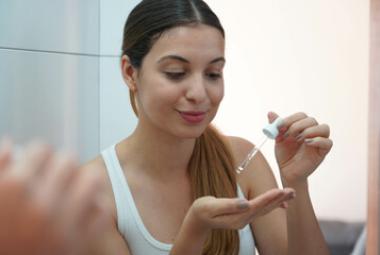There are basically two reasons that a mother's milk is red. Sometimes a small rupture in a blood capillary in the nipple or the breast may turn milk pink. The second reason is a bacterium called Serratia marsescens. With blood, there's not much you can do about its presence in milk except ignore it. Small amounts of human blood in milk is not a problem for a breastfeeding infant. Just the smallest drop of blood will noticebly stain your milk quite red. Its not anything to worry about.
As for Serratia marsescens, it is a common everyday bacterium which is usually harmless. This bacterium is responsible for the red rings seen around sink drains in households worldwide. In humans, Serratia is known to be a common inhabitant of children’s gastrointestinal tracts. Although usually non-pathogenic, S. marsescens is known to cause some hospital-acquired infections such as urinary tract infections and respiratory infections, and, in more severe cases, Serratia has been found to cause infections in wounds, conjunctivitis, keratitis, pneumonia, and meningitis.In addition, S. marsescens has been reported to colonize breastmilk where, at room temperature, it produces a reddish-pink pigment that discolors the milk. This discoloration is commonly seen in bottles, towels, and pumps left out overnight with milk residue in them.1, 2
For breastfeeding babies, contamination of breast milk with small quantities of common bacteria are typically harmless, moderate amounts may produce feeding intolerance, and large quantities of bacteria have been known to cause serious disease, especially in premature infants.3 It is unlikely that a baby feeding directly from the mother’s breast will consume enough bacteria to cause disease. However improper handling of breast milk may allow the bacteria to multiply to numbers capable of producing disease. Refrigeration of breastmilk and breastfeeding equipment is usually sufficient to prevent Serratia from multiplying and generating pigment.4
To ensure the safety of both you and your baby, see your doctor immediately to have the discolored milk and fresh breastmilk checked and to have your baby examined for infection. Never feed your baby pink-red discolored milk until you have been cleared by a doctor. It is also important never to feed your baby milk that has come in contact with pigment-producing Serratia. Sterilize any breastfeeding equipment that has come in contact with Serratia-discolored milk, and replace any equipment that cannot be properly sterilized. Breast pumps are of particular concern after being linked to an outbreak of Serratia in a Scottish NICU which involved 17 infants and left 2 dead5. In this case, breast pumps were shared and proper disinfection techniques were not observed.
Alex Forrester MS2.
1. Valle CA, Salinas ET. Pink Breast Milk: Serratia marcescens Colonization. American Journal of Perinatology Rep. 2014 Nov;4(2):e101-4 2. Clifford V, Dyson K, Jarvis M, Erac O, Jacobs SE, Daley AJ. My expressed breast milk turned pink! J Paediatrics Child Health. 2014 Jan;50(1):81-2 3. Gram-negative bacilli in human milk feedings: quantitation and clinical consequences for premature infants.J Pediatrics.1986 Oct ;109(4):707-10 4. Chang CC, Chen WC, Ho TF, Wu HS, Wei YH. Development of natural anti-tumor drugs by microorganisms. J Bioscience and Bioengineering. 2011 May;111(5):501-11 5. Jones BL, Gorman LJ, Simpson J, Curran ET, McNamee S, Lucas C, Michie J, Platt DJ, Thakker B. An outbreak of Serratia marcescens in two neonatal intensive care units. J Hospital Infection. 2000 Dec;46(4):314-9. PubMed PMID: 11170764.







